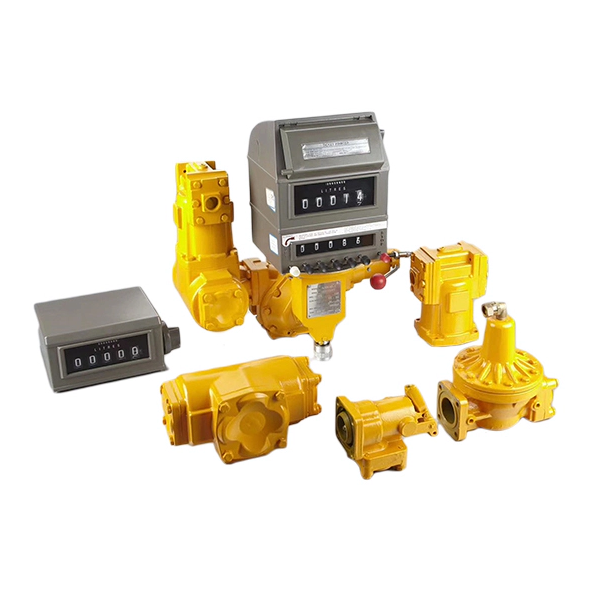Ultrasonic Magnetic Vortex Flow Meter Manufacturer, Sure We Are, Sure To Be Better | ✉ overseas@suremeter.com
Ultrasonic Magnetic Vortex Flow Meter Manufacturer, Sure We Are, Sure To Be Better | ✉ overseas@suremeter.com
In the quest for sustainable development, the textile industry stands at a crossroads where traditional manufacturing methods must give way to eco-friendly practices. Flow meters are pivotal in this transition, serving as the guardians of energy efficiency and the gatekeepers of emission reduction. This article delves into the strategic role of flow meters in the textile industry, examining their impact on energy conservation and emission reduction, and highlighting their operational nuances.
The textile industry's journey towards sustainability begins with the optimization of energy usage. Flow meters are instrumental in this optimization, providing precise measurements of water, steam, and chemical solutions that are integral to textile manufacturing processes.
Enhancing Energy Efficiency with Flow Meters. Flow meters offer real-time data on fluid consumption, allowing manufacturers to make informed decisions about energy usage. By integrating flow meters with automated systems, textile mills can achieve optimal fluid flow, reducing overconsumption and energy wastage.

Reducing Emissions through Precise Flow Measurement. Flow meters ensure that the exact amount of dyes and chemicals is used in textile processing, minimizing waste and runoff that contribute to water pollution. In steam-intensive processes, flow meters regulate fuel consumption, reducing emissions from boiler operations.
Understanding the principles behind different flow meters provides insight into their suitability for various textile applications:
Vortex Flow Meters: Measure flow by detecting the frequency of vortices shed as the fluid flows past a bluff body. Suitable for gases and liquids, they offer rapid response and ease of installation.
Variable Area Flow Meters: These meters measure variable fluid levels to indicate flow rates, useful in applications requiring visual flow confirmation.
Positive Displacement Meters: They calculate flow by measuring changes in pressure, ideal for monitoring the precise dispensing of chemicals.

Thermal Mass Flow Meters: These meters measure the heat capacity of a fluid, providing accurate readings for gases used in textile processes.
Applications of Flow Meters in Textiles: Modern flow meters are integrated with IoT technology, enabling remote monitoring and analysis of energy consumption patterns. Advanced flow meters can detect minute changes in flow, signaling potential leaks in the system and preventing water waste. Flow meters in textile effluent treatment plants ensure that the right amount of treatment chemicals is used, optimizing the process and reducing environmental impact. Accurate flow measurement in dye houses ensures consistent dye concentrations, reducing the risk of dye baths being under or overdyed, which can lead to significant material and energy savings.
Looking ahead, the integration of flow meters with artificial intelligence and machine learning algorithms will further enhance their capabilities. Predictive analytics based on flow data can forecast energy demand and automate adjustments to conserve resources. By providing precise flow measurements, they contribute to energy conservation and emission reduction, pushing the industry towards a greener future. As technology evolves, the role of flow meters will only grow, ensuring that the textile industry remains both vibrant and responsible.
Copyright © 2025 Tianjin Sure Instrument Co., Ltd. | All Rights Reserved 津ICP备08002549号-2
Hello, please leave your name and email here before chat online so that we won't miss your message and contact you smoothly.